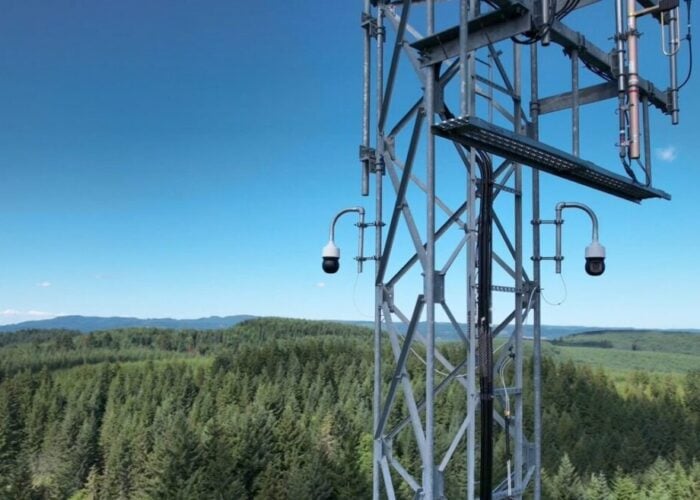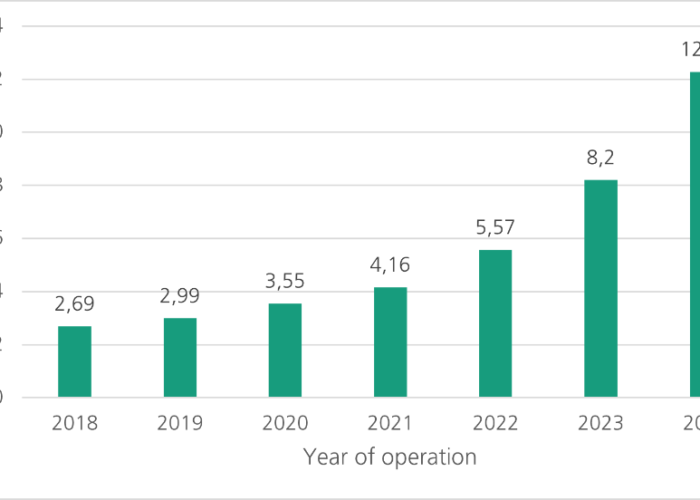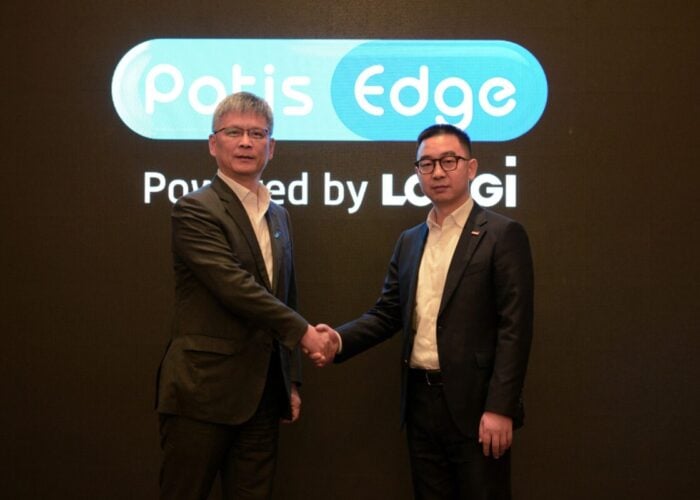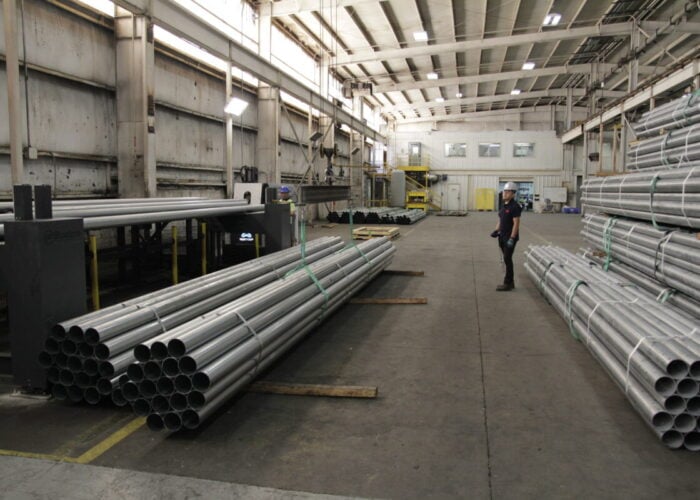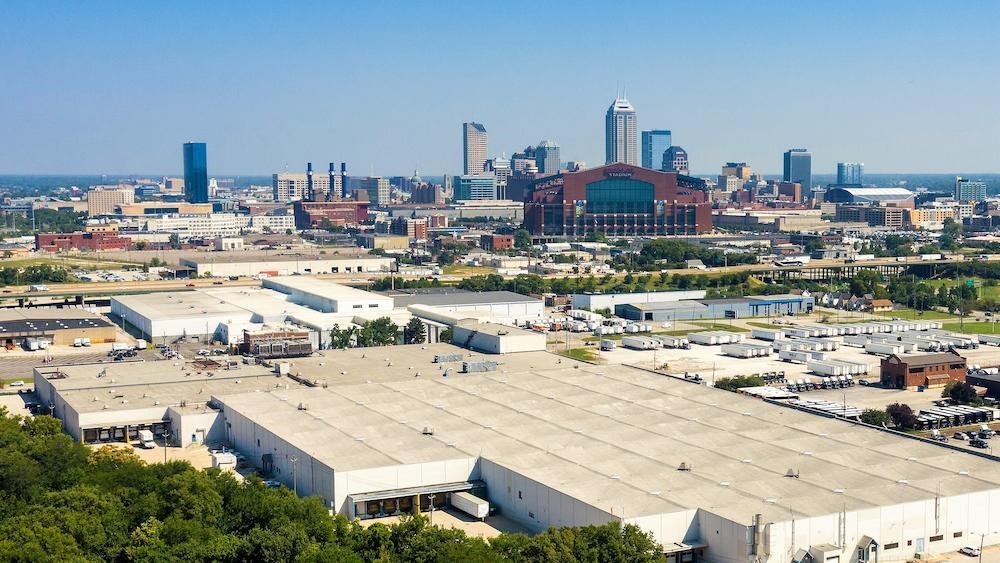
US-based solar module manufacturer Bila Solar has begun production at its manufacturing facility in Indiana, using US-made solar cells from ES Foundry in South Carolina.
Bila Solar said it aims to reach 300MW of production during its phase one buildout at the facility in Indianapolis, and 1GW of annual output at full capacity. Bila Solar had initially planned to produce glassless, flexible modules at the site when it announced its plans in 2023, but has since pivoted to produce more traditional, rigid modules for ground-mount and carport deployments.
Try Premium for just $1
- Full premium access for the first month at only $1
- Converts to an annual rate after 30 days unless cancelled
- Cancel anytime during the trial period
Premium Benefits
- Expert industry analysis and interviews
- Digital access to PV Tech Power journal
- Exclusive event discounts
Or get the full Premium subscription right away
Or continue reading this article for free
The modules will be based on ES Foundry’s passivated emitter rear contact (PERC) cell technology. The two firms signed a 300MW supply deal in February.
ES Foundry told PV Tech Premium earlier this year that it chose PERC technology because of the storm of patent and intellectual property (IP) lawsuits surrounding tunnel oxide passivated contact (TOPCon) technology and the US’ notoriously knotty litigation system. Alex Zhu, the company’s CEO, said that IP cases in the US took such a toll on companies that he doesn’t believe “anyone can successfully establish” TOPCon cell production in the US.
Bila Solar and ES Foundry are not the only companies to take this approach. Cell producer Suniva has been working with German solar research firm ISC Konstanz since March on PERC cell production lines in Norcross, Georgia.
Suniva has signed a supply deal with Canadian module manufacturer Heliene and chemical production firm Corning to supply Heliene’s US module facilities with US-made cells, which will be made with US-produced polysilicon from Corning’s subsidiary, Hemlock Semiconductor. It is not yet confirmed whether these cells will be PERC technology.
The Suniva-Heliene-Corning deal and the collaboration between Bila Solar and ES Foundry represent the most comprehensive domestically produced silicon solar module manufacturing operations in the US industry today.
In its announcement, Bila Solar emphasised the level of domestic content in its modules compared with its competitors. It said its production line “qualifies for the 10% domestic content bonus under the current federal Investment Tax Credit (ITC), a key policy designed to accelerate American manufacturing and clean energy deployment.”
The 10% bonus creates an incentive for project developers and engineering contractors to use US solar products.
‘Upend a thriving industry’
Vice president and general manager of Bila Solar, Mick McDaniel said the start of production was “a pivotal moment not just for Bila Solar, but for the entire US clean energy industry.” The company said that it was proof that the US solar industry “remains resilient” despite political headwinds blowing from Washington DC.
President of the US Solar Energy Industries Association (SEIA), the leading industry trade body, Abigail Ross Hopper, echoed these sentiments.
“Bila Solar’s investment in Indiana is proof of what is possible when we maintain the right policies that boost domestic manufacturing,” she said. “Proposed legislation in Congress could upend a thriving US solar industry, which is…generating hundreds of thousands of jobs and tens of billions of dollars of investments, primarily in states that voted for President Trump.”
The encouraging start of operations at Bila Solar notwithstanding, the reality is that the President’s “One, Big, Beautiful Bill” is currently on track to introduce broad and deep cuts to the ITC, production tax credit (PTC) and significant limitations to the availability of the 45X advanced manufacturing credit. All of these have been pivotal in supporting the impressive growth of US solar deployments and manufacturing in the last two years.
SEIA said that the US deployed around 50GW of new PV generation capacity in 2024 and that annual module manufacturing capacity was at a similar level. The same organisation warned that the current tax reconciliation bill could risk 331 US clean energy manufacturing facilities.
Even prior to the bill, research shows that US$14 billion in clean energy projects have been delayed or cancelled since Trump took office in January.
The bill is currently in the Senate, where it could change. A group of Republican representatives recently urged senators to soften the bill’s attacks on clean energy tax credits and make “substantive changes” to its “highly restrictive and onerous language”.
Despite the policy challenges, solar PV is broadly the most affordable and fastest energy technology to deploy. Coupled with energy storage, the industry may have matured enough to progress on its own merits without tax subsidies, as US electricity demand continues to rise.



